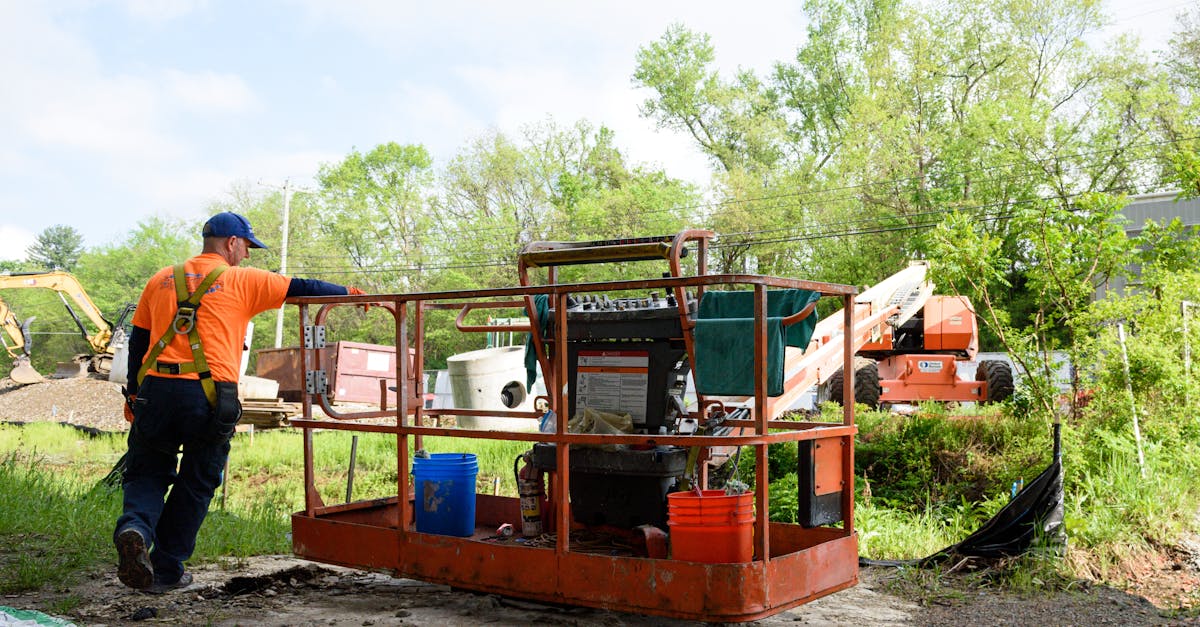
Project-based learning (PBL) is reshaping the educational landscape by focusing on student-centered inquiry and hands-on projects. Unlike traditional teaching methods that often emphasize rote memorization, PBL encourages students to engage deeply with real-world problems. This approach not only enhances critical thinking but also prepares students for the complexities of modern workplaces.
The core idea of project-based learning is to immerse students in projects that require them to apply knowledge and skills to solve authentic challenges. For instance, a science class might involve students designing an eco-friendly water filtration system. In this way, learners can see the tangible impact of their studies, which often leads to increased motivation and engagement. Furthermore, PBL allows students to collaborate, fostering essential teamwork and communication skills that are crucial in today’s interconnected world.
One of the significant advantages of PBL is its ability to cater to diverse learning styles. By allowing students to explore subjects through various mediums—such as writing, multimedia, or hands-on experimentation—PBL provides multiple entry points for understanding complex concepts. This flexibility helps students who might struggle in traditional settings to thrive by demonstrating their knowledge in ways that suit their strengths.
Incorporating project-based learning into the curriculum also encourages a deeper understanding of subject matter. Students are not just passive recipients of information; they become active participants in their education. This active engagement fosters a sense of ownership over their learning, which can lead to a more profound and lasting comprehension of the material. Moreover, PBL often requires students to conduct research and inquiry, further developing their ability to seek out and critically evaluate information.
Despite its many benefits, implementing PBL can be challenging. It requires a shift in mindset for both educators and students. Teachers must adopt the role of facilitators, guiding students through the learning process rather than dictating it. This shift can be daunting, especially in educational systems that prioritize standardized testing and rigid curricula. However, the benefits of PBL in fostering independent, lifelong learners make it a worthwhile endeavor.
Schools that successfully integrate PBL often report increased student engagement and improved academic outcomes. These schools typically provide professional development for teachers to help them design and implement effective projects. Additionally, partnerships with local businesses and community organizations can enrich PBL experiences by providing students with real-world contexts and resources.
At its core, PBL is about making learning meaningful and relevant. By connecting classroom learning to real-world applications, students can see the value in their education and are more likely to retain information. As educators continue to explore innovative teaching methods, the role of PBL in transforming education becomes increasingly evident. For those interested in learning more about how PBL can be effectively implemented, resources and insights can be found on educational platforms dedicated to this approach.
In conclusion, project-based learning presents an exciting opportunity to revitalize education by making it more interactive and applicable to real life. While challenges exist in its implementation, the potential benefits for student engagement and understanding are immense. As more schools adopt this approach, it is likely that PBL will play a crucial role in preparing students for the future.
